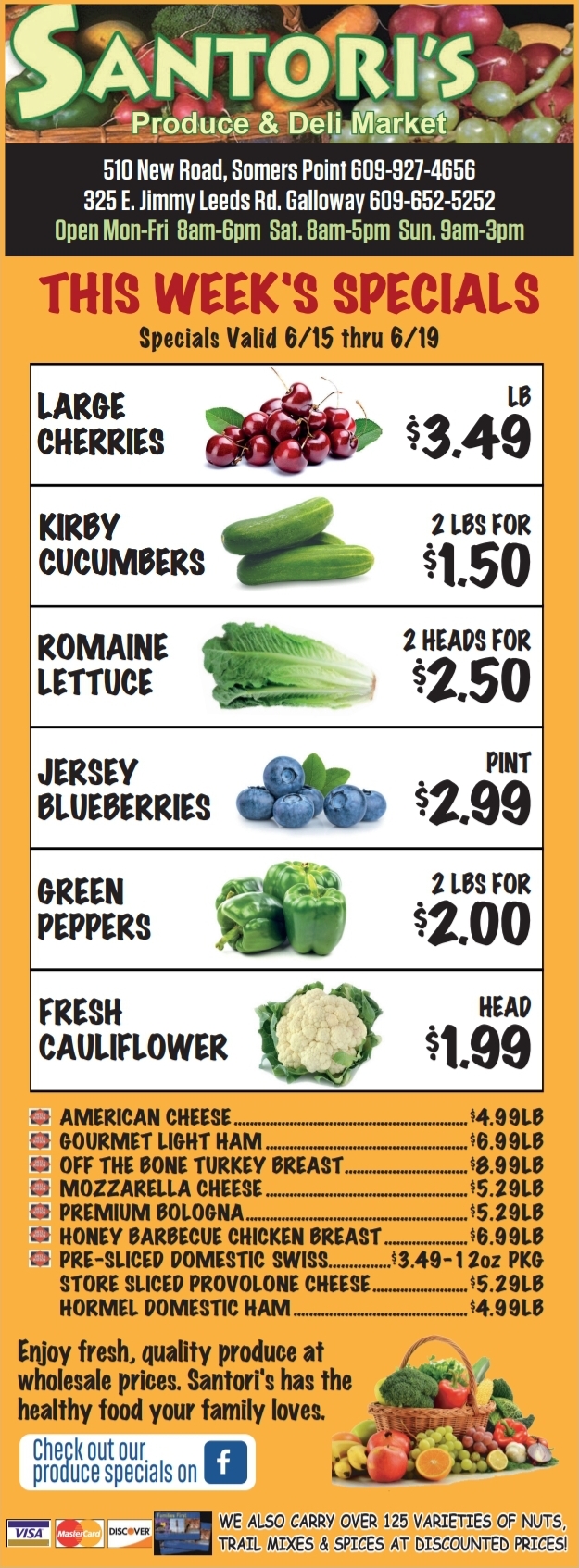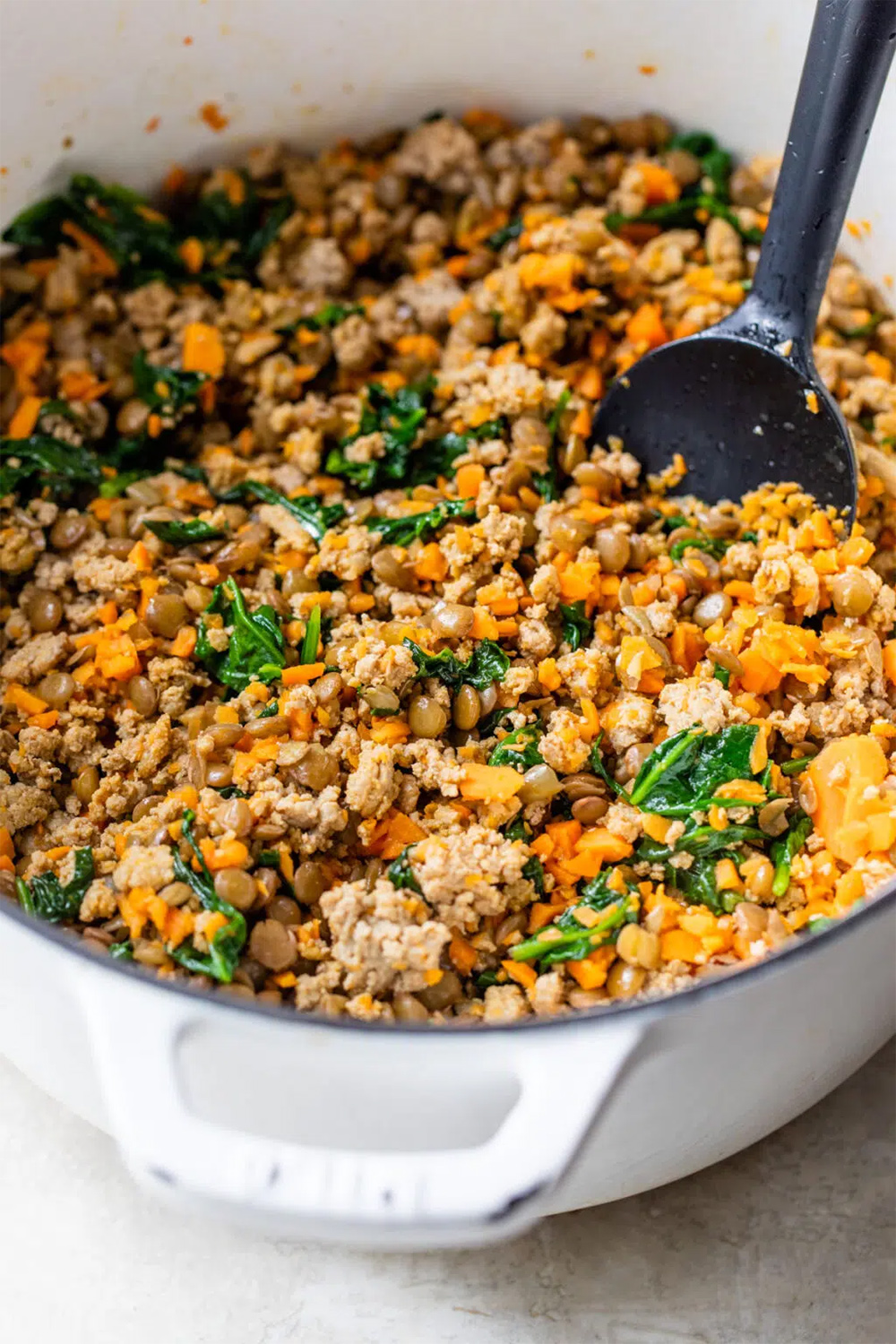By Heidi Clayton
A growing trend in dog food is the lightly cooked diet that is either pre-made and sold commercially or prepared from scratch at home. The general perception of dog owners who feed their canine companions fresh, lightly-cooked dog food is that it’s a better quality of food that may also seem more appealing to dogs versus a dry, bland kibble. According to canine nutritionist Linda Case, these foods are highly digestible and outperform extruded foods such as kibble because they are processed at a much lower heat level than kibble. The lower heating process also means they also have a reduced loss of nutrients.
The downside of feeding this diet for most people is the inconvenience and the cost. Fresh-cooked foods are not readily available in most pet supply stores, so picking them up locally might not be an option, or there may be limited brands or flavors to choose from. Several subscription service-type companies such as The Farmer’s Dog, Ollie Fresh, Raised Right Fresh Dog Food, and Open Farm will deliver these foods right to your front door. However, the downside is the cost of shipping and how many rolls of food you are able to store at once in your freezer. You also must remember to actually remove the food from the freezer to come down to room temperature so that you can feed your dog. Feeding the raw diet, I have on occasion forgotten to remove food for the day from the freezer. Now I have a note on my to-do board as a reminder.
I know several breeders who lightly cook their own dog food. For a homemade diet to be complete and balanced, you need to follow a few rules. First, at least half of the portion should be meat protein such as beef, pork, or chicken. You will also need to add organ meats such as liver or kidney. One of the most important aspects most people forget is calcium. There are calcium supplements made specifically to add to dog food with the correct dosage information on the package. You can also grind eggshells if you’re industrious. Never add cooked bone as a source of calcium to the diet because cooked bone can splinter when digested. Adding steamed veggies, grains such as brown rice or oatmeal, and dairies such as yogurt or kefir will round out the cooked meal. Everyone I know who makes their own dog food devotes an entire day to cooking the meal and then bagging it for freezing. If doing this, add any supplements or dairy products at the time of feeding because neither will survive the freezing process.
If you’re feeding your dogs commercially-produced cooked food, then you should follow the feeding amounts on the package. When making homemade dog food, it can seem daunting to figure out how much of this food to give your dog. A general rule is that dogs need to eat about 2 percent of their body weight daily. However, this can vary based on your dog’s activity level and body type. If you want to feed your dog a home-cooked diet, TheWholeDogJournal.com has a wealth of information to help you get started. You can also check out dogfoodadvisor.com for their list of the best fresh dog food services available today.
If you have any questions about feeding your dogs a home-cooked diet, please feel free to email me at heidi@fouronthefloordogtraining.net.
Heidi Clayton started Four On the Floor Dog Training to provide positive, reward-based dog training in South Jersey. She breeds, trains and shows bull terriers under the SoraBully’s Bull Terriers kennel name. Email questions to heidi@fouronthefloordogtraining.net or learn more at https://fouronthefloordogtraining.net










